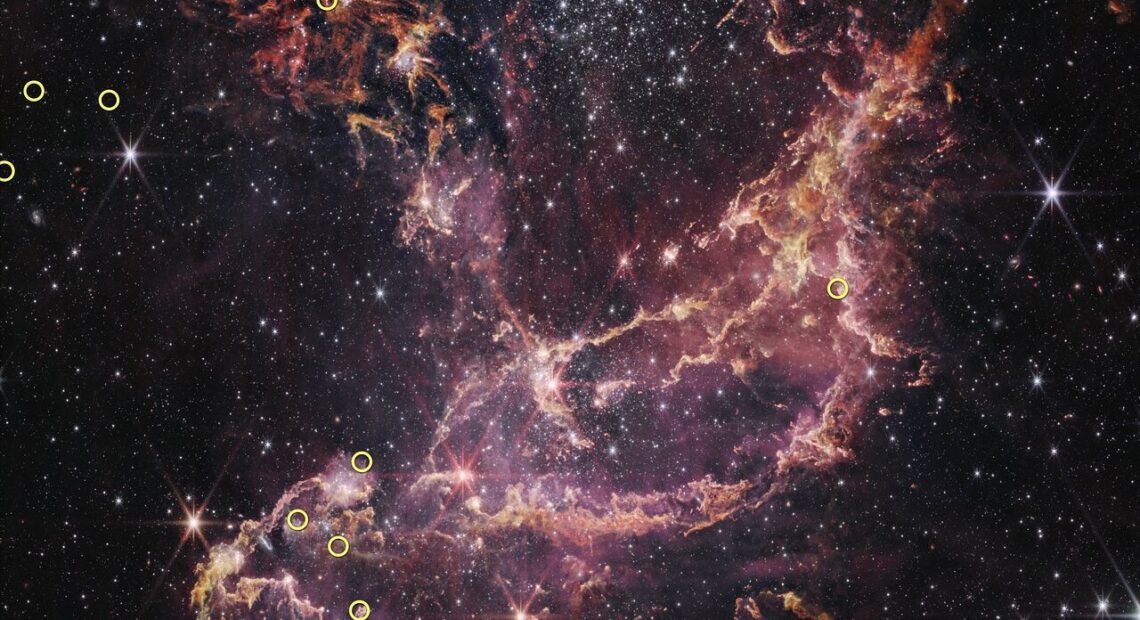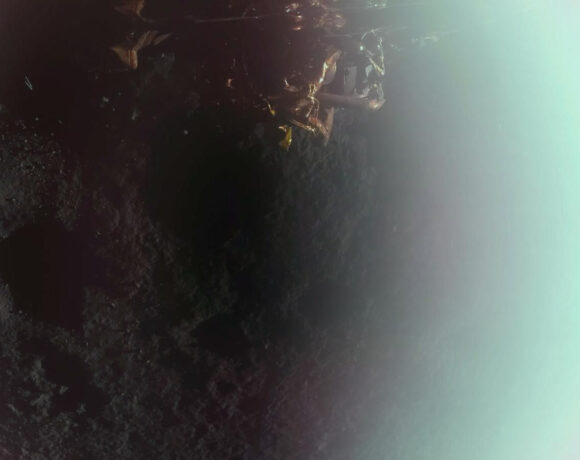Planet-forming discs lived longer in the early universe

Exceptional discovery by Webb
The NASA/ESA/CSA James Webb Space Telescope has made a groundbreaking discovery, affirming a controversial finding from the Hubble Space Telescope that dates back over 20 years. The new research challenges long-held beliefs about planet formation in the early Universe, suggesting that planet-forming discs around stars existed for significantly longer than previously thought.
In 2003, Hubble observed a massive planet orbiting an ancient star as old as the Universe. Like others from that epoch, this star was composed primarily of hydrogen and helium, with scant amounts of heavier elements—essential for planet formation. This finding implied that planets could form in the early Universe, growing to more significant sizes than Jupiter. However, the mechanisms behind this phenomenon remained unclear, prompting further investigation.
To explore this question, researchers utilised Webb to study stars within the Small Magellanic Cloud, a dwarf galaxy similar in composition to the early Universe. They focused on NGC 346, a massive star-forming cluster with a low abundance of heavy elements. The results revealed that some stars in this cluster possess planet-forming discs and have longer lifespans than those typically observed around young stars in our Milky Way galaxy.
Guido De Marchi, study leader at ESA’s European Space Research and Technology Centre, stated: “With Webb, we have a powerful confirmation of what we saw with Hubble, and we must rethink how we model planet formation and early evolution in the young Universe.”
This finding directly contradicts existing models, which suggest that low metal content leads to a rapid dissipation of protoplanetary discs, typically within just a few million years.
Elena Sabbi, co-investigator and chief scientist for the Gemini Observatory, elaborated on the implications: “Current models predict that with so few heavier elements, the discs around stars have a short lifetime, so short that planets cannot grow big.” However, the observations from Webb indicate that these discs can persist for tens of millions of years, allowing ample time for planet formation.
Questions raised
Hubble’s mid-2000s observations of NGC 346 initially raised eyebrows, revealing stars aged between 20 to 30 million years still encircled by planet-forming discs. This observation contradicted the belief that such discs would vanish in 2 to 3 million years. De Marchi remarked: “The Hubble findings were controversial, going against empirical evidence in our galaxy and established models.”
Thanks to Webb’s superior sensitivity and resolution, scientists obtained the first spectra of Sun-like stars in this nearby galaxy, providing concrete evidence of the discs’ presence and ongoing material accumulation. De Marchi noted: “We see that discs surround these stars and are still in the process of gobbling material, even at the relatively old age of 20 or 30 million years.”
This revelation necessitates a fundamental re-evaluation of our understanding of planet formation under conditions of low metallicity. Traditionally, stars with limited heavy elements were believed to quickly expel their surrounding discs due to radiation pressure, leading to a short lifespan of less than a million years. This raises the critical question: How can planets form if discs cannot last long enough for dust grains to coalesce into planet cores?
The research team proposed two potential mechanisms that may explain the longevity of these discs. First, it is suggested that radiation pressure from stars may be less effective in low-metal environments, allowing discs to persist longer than current models predict. NGC 346 possesses only 10% of the heavy elements in the Sun, which may contribute to this phenomenon.
Alternatively, a Sun-like star might develop in such an environment from a more extensive gas cloud, leading to a more massive disc. This increased mass could significantly extend the disc’s lifespan, even in the presence of radiation pressure.
Sabbi said, “With more matter around the stars, the accretion lasts longer.” This discovery not only reshapes our understanding of the conditions necessary for planet formation but also has profound implications for the architecture of planetary systems across different environments. It highlights the dynamic processes at play in the Universe’s formative years.
Hero image: This is a NASA/ESA/CSA James Webb Space Telescope image of NGC 346, a massive star cluster in the Small Magellanic Cloud, a dwarf galaxy, one of the Milky Way’s nearest neighbours. With its relative lack of elements heavier than helium and hydrogen, the NGC 346 cluster is a nearby proxy for studying stellar environments with similar conditions in the early, distant Universe. Ten small, yellow circles overlaid on the image indicate the positions of the ten stars surveyed in the study. The centre of the image contains arcs of orange and pink that form a boat-like shape. One end of these arcs points to the top right of the image, while the other points toward the bottom left. Another plume of orange and pink expands from the centre to the top left of the image. To the right of this plume is a large cluster of white stars. Various other white stars and a few galaxies of different sizes spread throughout the image. Ten small, yellow circles overlaid at multiple points across the image indicate the positions of the ten stars surveyed in the study. Credit: NASA, ESA, CSA, STScI, O. C. Jones (UK ATC), G. De Marchi (ESTEC), M. Meixner (USRA)












